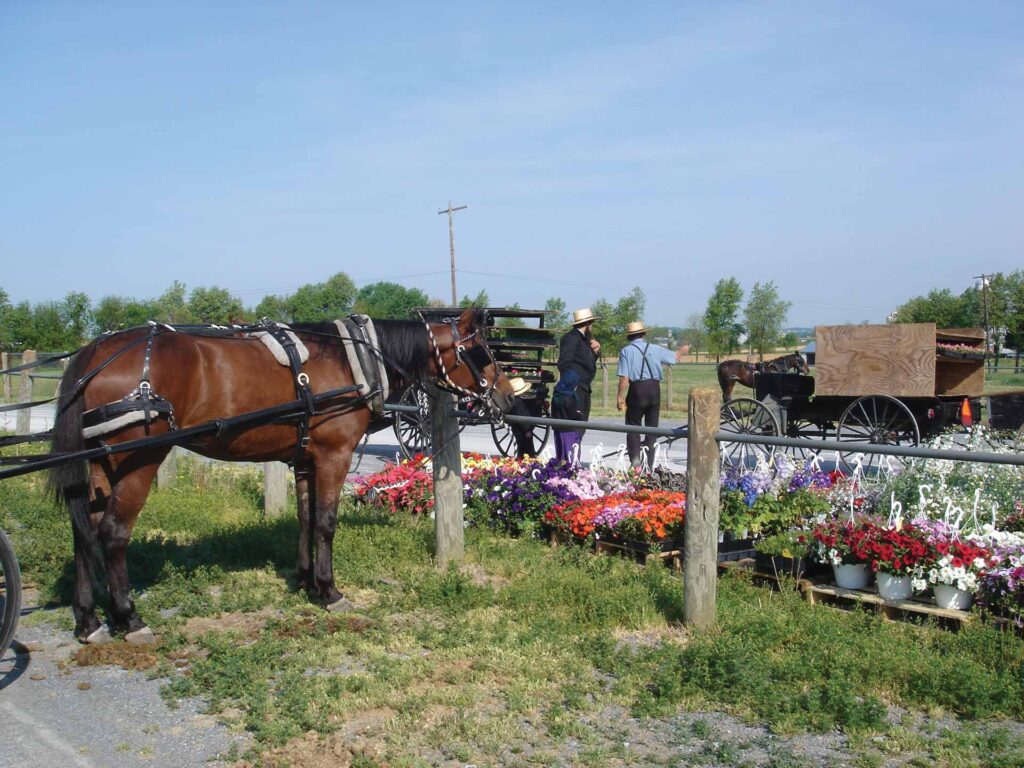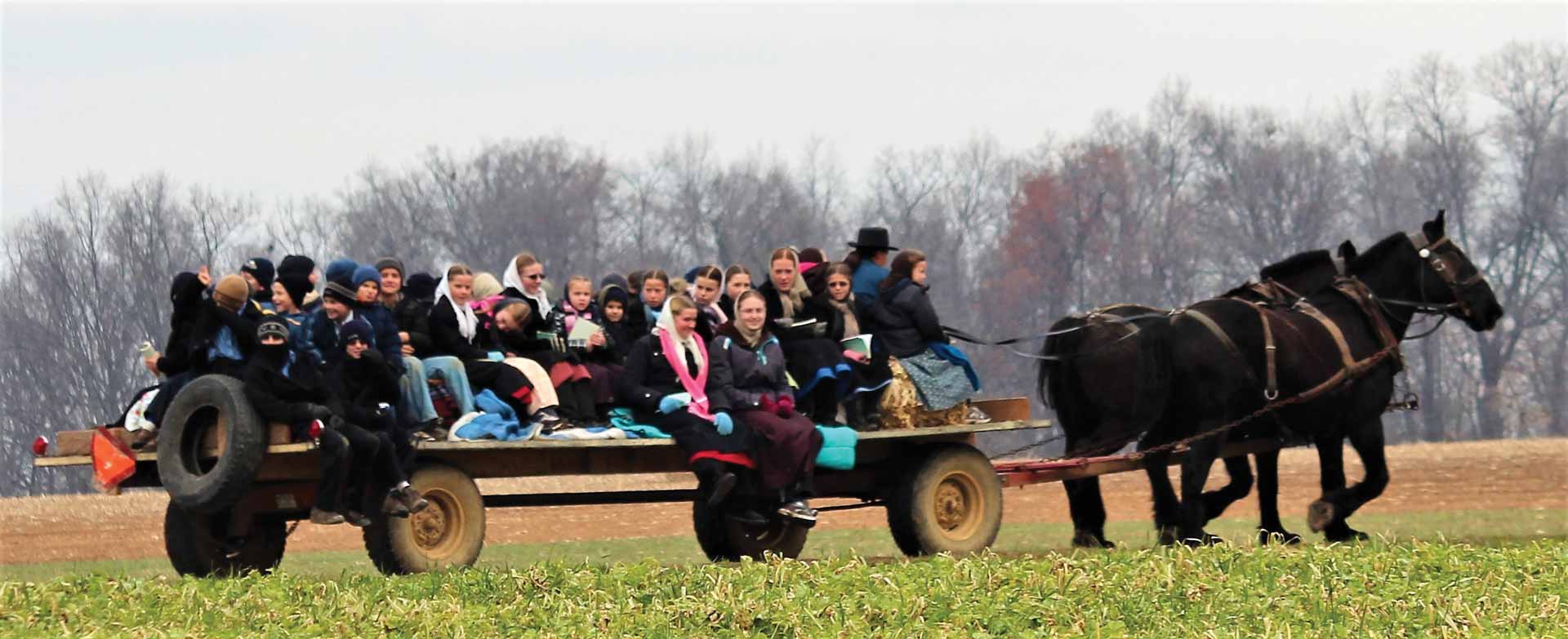By Clinton Martin
When most visitors to Lancaster County think of the Amish, the lifestyle, traditions, beliefs, and customs they often imagine would be most likely descriptive of the Old Order Amish. But, the Old Order Amish are not the only Anabaptist group in Lancaster County to make use of the name Amish.
Indeed, the New Order Amish aren’t as well-known to visitors to the area. This evangelical branch of the Amish root came to the fore in Lancaster County starting in the early 1950s.
Many consider the “Brunk Revivals” to be the genesis of the local New Order Amish movement. In 1951, evangelist George Brunk came to Lancaster with a full array of tents, inviting anyone to attend religious revival meetings. The events attracted large numbers of Mennonite and like-minded Anabaptist youth.
From attending the revival sessions, some Old Order Amish youth decided to seek a more evangelical practicing of their faith, which technically put them at odds with some of the Old Order teachings. These youth formed a “gang” that came to be known as the Goodies. (As in goody-two-shoes) since they specifically avoided the “rumpspringa” activities of the typical Old Order group of the time. The nickname was at first given as a bit of criticism, but then stuck being adopted by the members themselves.

For generations upon generations, Amish youth have joined a “gang” or youth group to socialize and meet and greet. The word gang does not have anything to do with the modern urban iteration of the term, but rather simply describes a gathering of friends that socialize together.
The Goodie Gang held Bible studies, hymn sings, and other similar events, and actively tried to recruit members of the more “wild” youth groups to join them. Their spiritual boldness and zeal for the revivalist upheaval of Old Order norms pushed them to the fringe of Amish society. Their youthful zeal was not alone. Indeed some of the Amish church leadership of the time began to show revivalist leanings.
David A. Miller, an Amish bishop from Oklahoma who traveled to the various Amish population centers on preaching tours, stirred up these feelings among the Lancaster County Old Order Amish membership. While his sermons were in the traditional German language, everything else about his lectures was a bit of a departure from the Old Order tenements. Miller preached in the Lancaster Old Order Amish community while on a 10-day preaching tour visit. The year was 1952. The unusual tone of his sermons caused concern among the Amish leaders. Arriving at his home in Oklahoma before he actually did was a letter from the Lancaster Amish elders informing him that he was no longer welcome to visit. But, his teachings had taken hold, and the wheels of a schism had begun to turn, and wouldn’t be able to be stopped.
By 1966, the division was complete, and 100 formerly Old Order Amish families broke away and started the New Order Amish church. While the Old Order and the New Order have many things in common (plain dress, horse-and-buggy transportation, PA Dutch language usage, etc.) there are some notable differences.
The New Order Amish have fewer restrictions on telephone usage, a global mission-minded ministry, can make use of air travel without restriction, prohibit alcohol and tobacco use, and conduct formal Bible studies in a Sunday School or youth Bible school setting.
Interestingly enough, in certain ways, the New Order seems progressive as compared to the Old Order, but in other ways is actually more conservative.

